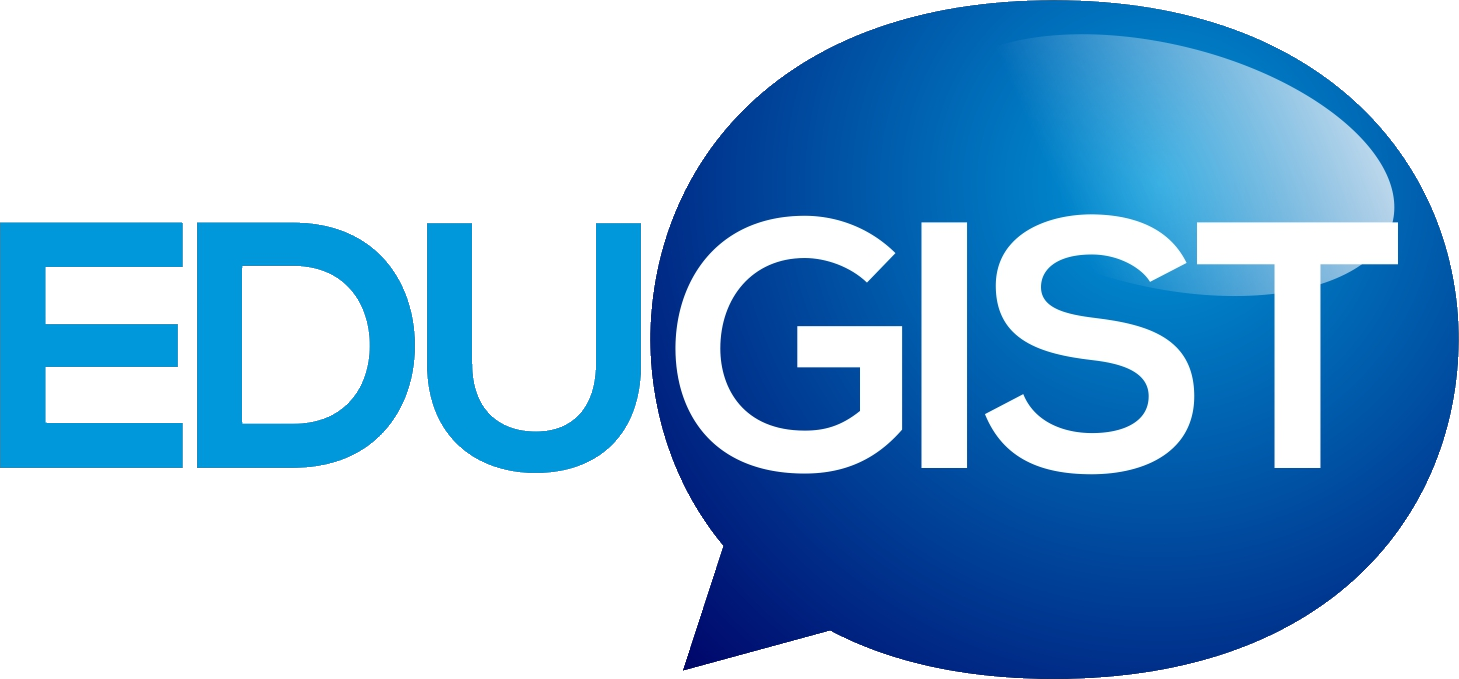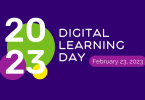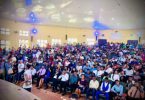By Debasishi Paul
Learning disability can be considered as a living problem with which almost one in every seven person has problem with and about which we are hardly aware of. Learning Disability is a matter of special concern for the student community as very often we mistake the failure of a student with poor intelligence and indiscipline while the true reason very often is due to a deficit in one or more of the ways the brain processes information.
While the west, especially the developed countries, are concerned about the prevalence and cure of the problem, late but never, we have finally taken up the concept for developing awareness among the people and who else better would be than the student community. In this paper I shall try to share some of the realities of learning disability, the causes of its occurrence, its cure and finally the role of parents and teachers in this regard.
What is Learning Disability?

The term learning disability was first introduced in 1963 by Kirk as a term that envelops disorders like brain injury, minimal brain dysfunction (used by doctors), perceptual disorders, hyperkinetic behavior (used by psychologist), dyslexia, aphasia (used by speech language pathologist), etc. It can be seen as a broad general term that includes a number of disabilities historically recognized as separate. But the commonality is that learners have difficulty in learning. There are many definitions of learning disability and each provides a slightly different slant than the other but the common core of all these definitions are-
i) I.Q. Achievement Discrepancy i.e. the inability of the learner to achieve up to his potential capacity.
ii) Central Nervous system Dysfunction, referring to the brain injury or brain damage causing learning disability.
iii) Psychological Processing Disorder, meaning deficit in abilities to perceive and interpret environmental stimuli.
Thus, learning disability refers to a group of disorders that affect a broad range of academic and functional skills including the ability to read, write, speak, spell, reason and organize information. It is not indicative of low intelligence. It is worth mentioning here that learning disability should not be confused with mental retardation or behavioral disorders.
Why it occurs
The causes of learning disability are hard to find. However, the possible causes can be put into three general categories:
i) Biological or organic, including specific factors like (a) neurological dysfunction or malfunctioning of the brain which may occur due to high fever, head injury, pre-mature birth, anoxia and even low blood sugar, (b) uneven growth pattern, also called developmental imbalances or intra-individual differences, etc.
ii) Genetic or hereditary
iii) Environmental i.e. the factors that lies within the environment like (a) emotional disturbance, (b) failure of teaching, (c) social system, etc.
Who is learning disabled person?
Learning disability encompasses a cluster of disorders and generally no individual displays all of them at a time. The major characteristics of learning disability are:
i) Significant discrepancy between learning potential and actual level of learning
ii) Hyperactivity or difficulty in working, waiting for turns, sustaining attention to a task and act without consequences
iii) Lack of coordination or slow psychomotor development
iv) Memory disorder i.e. people who fails to recall simple facts and also those who fails to repeat a simple sequence of few words just after listening
V) Attention disorder or the inability to focus long enough to learn new material, etc.
How can learning disability be cured
- As learning disability involves a cluster of disorder, its cure, hence, depends on the nature of disorder. Some major approaches recognized by professionals are:
- Process training or training to the phenomena which has lead to disability in learning
- Multisensory approach
- Meditation
- Cognitive training or training to change the covert thoughts
- Behavior modification, etc.
Besides the above, right support and timely intervention from people around may do wonder for them. Schools and colleges can help them achieve such success by encouraging their strengths, knowing their weaknesses, understand the educational system, work with professionals and learn about strategies for dealing with specific difficulties. We need to understand that learning disabled children are as smart and can be smarter than their peers if are not left to figure things out by themselves or if not taught in conventional ways. In nutshell the cure for learning disability lies in more in awareness than in any specific treatment.








